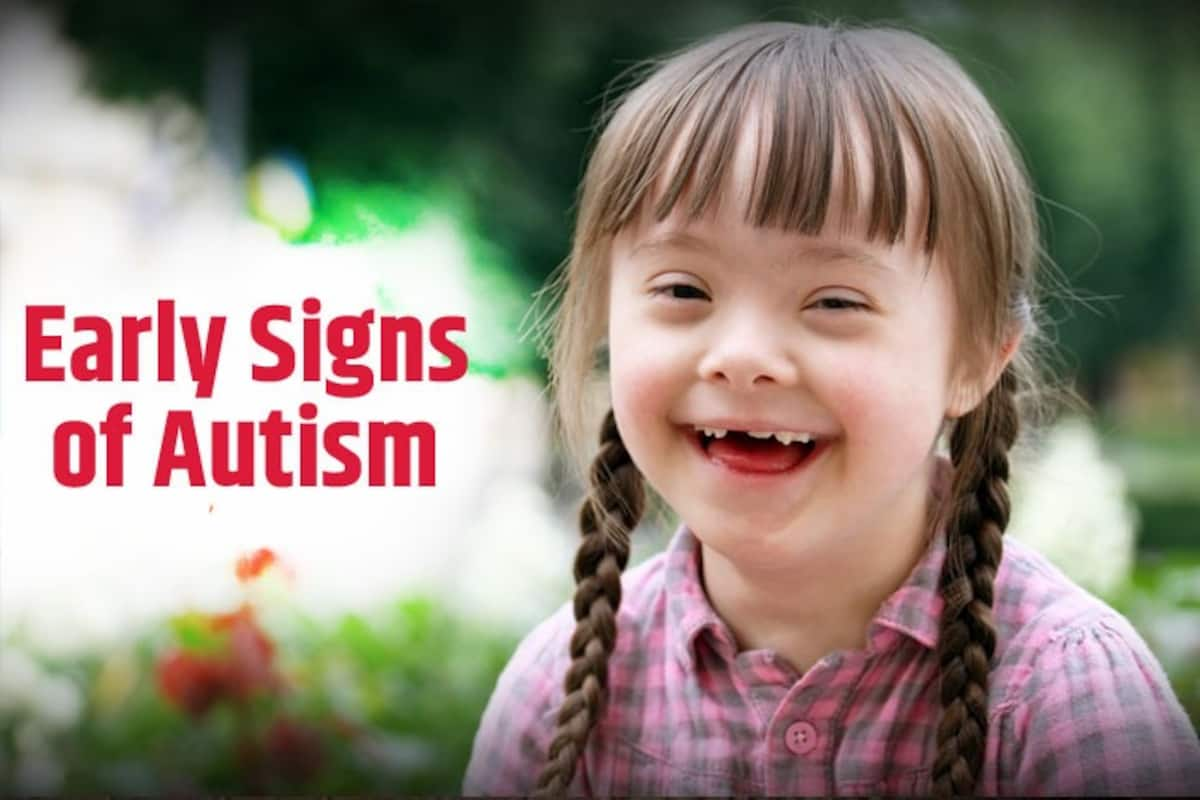Just how to Develop an Inclusive Atmosphere for Friends and Family Members with Autism
Just how to Develop an Inclusive Atmosphere for Friends and Family Members with Autism
Blog Article
Recognizing Autism: A Comprehensive Overview to Signs And Symptoms and indications
Autism Spectrum Problem (ASD) incorporates a large range of features that can considerably influence an individual's social interactions and day-to-day functioning. Understanding these nuances not just help caregivers and educators in providing proper assistance however also cultivates a more inclusive atmosphere for people with ASD.
Summary of Autism Spectrum Condition
Defining Autism Spectrum Disorder (ASD) includes identifying it as an intricate neurodevelopmental problem identified by a variety of obstacles in social communication, communication, and behavior patterns. The term "range" reflects the large irregularity in signs and symptoms and their severity, which can differ considerably from one individual to one more. ASD normally shows up in early childhood years, although some individuals might not obtain a medical diagnosis until later in life.
Variables influencing the growth of ASD include hereditary proneness and ecological elements, although the exact causes continue to be under examination. Medical diagnosis typically relies upon behavior assessments, as there are no definitive clinical examinations for ASD. Early intervention is critical and can substantially improve results, concentrating on improving interaction abilities, social interactions, and adaptive behaviors.
People with ASD may additionally exhibit distinct strengths, such as remarkable focus to information or certain areas of proficiency. Understanding the diverse nature of ASD is important for cultivating a comprehensive setting that fits neurodiversity. Continued research study is essential for developing effective treatments and support group, allowing people with ASD to thrive and fulfill their prospective within society.
Common Indicators of Autism
Identifying the usual indicators of Autism Range Disorder (ASD) is essential for early recognition and intervention. These signs can vary commonly in extent and discussion, however specific attributes are frequently observed in individuals with ASD.
One of the most prevalent indications is a marked trouble in preserving and establishing eye contact. Individuals might also display limited interest in social communications and show a choice for solitary play. Repetitive actions, such as hand-flapping, rocking, or rotating items, typically emerge early in childhood. Furthermore, some youngsters may create stringent regimens and end up being distressed if these regimens are interrupted.
Sensory level of sensitivities are additionally typical; people might underreact or overreact to sensory stimulations, such as lights, sounds, or structures. autism. Language growth can be irregular, with some children showing postponed speech or utilizing language in unusual means, consisting of echolalia-- duplicating phrases or sentences heard elsewhere
It is necessary to note that not every person with ASD will certainly show all these indications, and the degree of these behaviors can vary substantially. Early recognition allows for timely assistance and resources, boosting the quality of life for those on the range.
Social Communication Challenges
Social interaction challenges are a characteristic of Autism Range Disorder (ASD), affecting a person's capacity to engage effectively with others. These troubles can manifest in numerous methods, consisting of challenges in starting and preserving discussions, recognizing social signs, and responding appropriately in social interactions.
Individuals with ASD may fight with nonverbal interaction, such as eye contact, face expressions, and body movement. This can lead to misunderstandings, as their communicative intent might not be appropriately interpreted by others. They may discover it tough to comprehend the subtleties of tone and context, which are necessary for effective interaction.
In group setups, individuals with ASD might feel overloaded and might not recognize exactly how to join in discussions (autism). They might likewise exhibit atypical conversational patterns, such as monologuing concerning specific rate of interests without acknowledging social read what he said reciprocity
Moreover, these obstacles can result in social seclusion or troubles in developing connections, as peers may misinterpret their habits or communication design. Understanding these social interaction obstacles is essential for fostering supportive atmospheres that advertise social abilities advancement and boost the high quality of communications for people on the autism range.
Sensory Sensitivities and Feedbacks
Numerous individuals with Autism view publisher site Range Problem (ASD) experience heightened sensory sensitivities that can dramatically affect their day-to-days live. These sensitivities may materialize as over-responsiveness or under-responsiveness to sensory stimuli, consisting of noises, lights, structures, tastes, and scents. For instance, a person with ASD might discover day-to-day sounds, such as a hoover or crowded settings, overwhelmingly stressful, bring about anxiety or crises. Alternatively, some may exhibit an indifference to pain or severe temperatures, which can position security issues.
Sensory handling distinctions in individuals with ASD can likewise influence their capacity to take part in social interactions and regular activities. For instance, a child that is sensitive to touch may resist physical affection or prevent certain clothing fabrics. A choice for certain structures or preferences can restrict dietary choices and develop obstacles during nourishments.
Comprehending these sensory level of sensitivities is essential for acknowledging the one-of-a-kind experiences of individuals with ASD. Awareness of their sensory accounts can cultivate much better communication and support strategies, creating an atmosphere that fits their needs and boosts their high quality of life. Inevitably, acknowledging sensory sensitivities is a vital element home of understanding the wider spectrum of autism.

Sustaining Individuals With Autism
Reliable assistance for individuals with Autism Range Problem (ASD) is crucial for boosting their overall wellness and promoting self-reliance. Support methods need to be tailored to satisfy the unique requirements of each person, considering their strengths and difficulties.

Social skills training can likewise play a pivotal duty. autism. Involving people in team tasks or role-playing circumstances can improve their capability to navigate social interactions. Additionally, it is vital to enlighten relative, caregivers, and peers about ASD to foster a encouraging and comprehensive community
Conclusion
By promoting improved communication and social abilities, individuals with autism can browse their settings more efficiently. Eventually, enhanced understanding and support can considerably enhance the high quality of life for those influenced by ASD.
Autism Spectrum Condition (ASD) incorporates a broad variety of qualities that can significantly influence an individual's social interactions and daily functioning.Individuals with ASD may have a hard time with nonverbal communication, such as eye call, face expressions, and body language.Many individuals with Autism Spectrum Problem (ASD) experience enhanced sensory level of sensitivities that can significantly impact their daily lives.Sensory handling distinctions in individuals with ASD can likewise influence their capacity to involve in social communications and regular tasks.Comprehending these sensory level of sensitivities is necessary for recognizing the distinct experiences of individuals with ASD.
Report this page